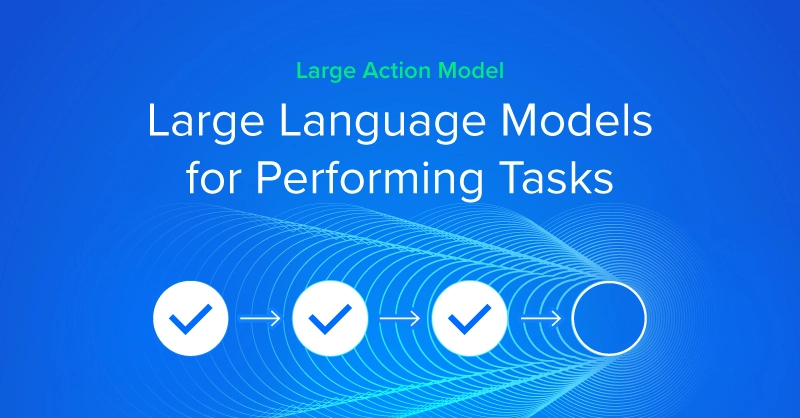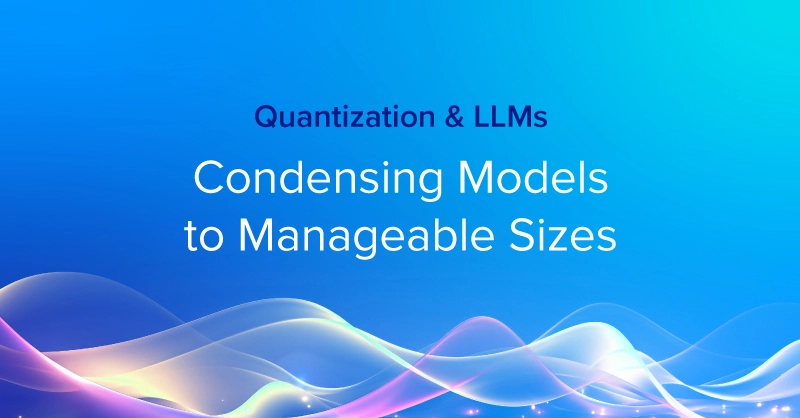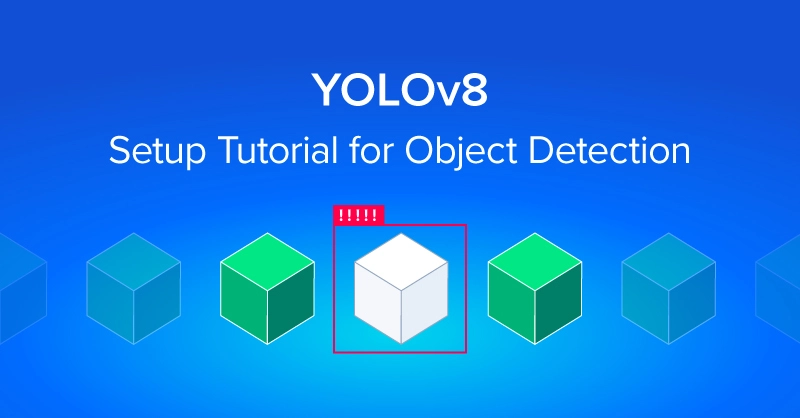
It's all about NLPs and LLMs
Natural Language Processing (NLP) is one of the most popular forms of machine learning and AI as of late. Enabling our computers to comprehend human language is an enourmouse achievement not to mention the ability to chat to an intelligent model like ChatGPT that conveys relay information back.
These models you must have come across include the acronyms GPT and BERT. GPT and BERT are two of the most popular Language Models (LLMs) used in NLP. What are they, how do they work, and how do they differ? We will go over the basic understanding of these popular language models, their capabilties, and their specific use cases.
What is GPT?
GPT stands of Generative Pre-trained Transformer which is an autoregressive language model developed by OpenAI, creators of DALLE-2, the text to image generator (which is also a GPT model). ChatGPT and DALLE-2 are trained on the groundbreaking GPT-3, their third iteration of a generative AI trained on textual data from online sources like Wiki, webpages, articles, books, and more.
These models, like we said, are autoregressive, effectively a highly advanced AutoComplete system. By evaluating the previous word (or words), GPTs will hypothesize the next word. While this might seem extremely juvinile, OpenAI’s approach is highly complex with unsupervised training first then tuned for alignment and with supervised training.
GPT models are great for generating human-like text when given a prompt like a question. it can also be used to answer prompted questions, summarize text, translate, and more.
When prompted, GPT models use patterns and relationships learned from the text data to predict what words should come next in the sentence, based on the context provided. It generates text word-by-word, adjusting probabilities of what to output with each new word, in order to produce a sentence that follows grammatical rules and makes sense.
What is BERT?
BERT stands for Bidirectional Encoder Representations from Transformers, a bidirectional model developed by Google, a fitting application for a search engine. BERT was introduced in 2018 and quickly became one of the most widely used NLP models, due to its high performance on a wide range of natural language processing tasks. Since its introduction, BERT has been the subject of numerous research papers and has inspired the development of many other language models based on the transformer architecture including the inception of OpenAI’s GPT models.
BERT processes text bidirectionally, allowing it to take into account both the preceding and following words in a given sentence. This makes it better suited for sentiment analysis or natural language understanding (NLU) tasks such as extracting intent from text.
Understanding is valuable to a company like Google since search engines are required to infer and understand the search query: is the person buying something, asking a question, or just want more information. This is how you can see, when you ask Google a question, you are returned webpages with answers to those questions (even if you forget to use a question mark).
Difference between GPT and BERT LLM Models
The most biggest differnce between GPT models and BERT Models is how their architecture works. GPT is an autoregressive model whereas BERT is bidirectional such that GPT models considers previous context and BERT models consider both preceeding and following text.
BERT models are generally better at tasks that require a deeper understanding of sentence semantics and relationships between words, such as question answering, natural language inference, and sentiment analysis. This is because BERT is trained using a masked language modeling task, which requires it to predict missing words in a sentence based on the context. This training task encourages BERT to develop a more robust understanding of sentence semantics and syntax.
On the other hand, GPT models are typically better at tasks that involve generating coherent and fluent language, such as language translation, summarization, and text completion. This is because GPT models are trained using an autoregressive language modeling task, which encourages them to generate text that flows naturally and maintains coherence and context.
However, it's worth noting that both BERT and GPT models are highly versatile and can be fine-tuned for a wide range of language tasks, and their performance can be affected by various factors such as the quality and amount of training data, the size of the model, and the fine-tuning approach used.
Similarities between GPT and BERT Models
With the differences in their architecture and approach to processing data, there are also big similarities between GPT and BERT.
- Transformer Architecture: Both BERT and GPT uses attentioned based transformer architecture to process and learn text based datasets from all over, This can include PDFs, books, wikis, webpages, social media posts, and more.
- Unsupervised Learning: The dataset that BERT and GPT are fed are unlabeled and unstructured. This enables both models to gain highly nuanced understanding in language as well as reducing the effort in organizing millions or billions of data points. However, this can introduce potential bias that is hidden but nonetheless prevalent (ie: gender biases, confirmation biases, historical bias). This can cause the language model to perpetuate a certian viewpoint since the dataset is not balanced to handle both sides of the coin.
- Fine Tuning: Addressing the previous notions for LLMs like BERT and GPT is the effort for aligning these models for accuracy. If you have ever encountered chat-bots, you can sometimes experience incorrect answers to perpetuating a certain viewpoint called hallucinating. Fine-tuning, though an arduos process, is utilized by developer to produce and develop responsible AI. Apart from alignment, developers can use fine tuning to push their BERT and GPT to talk a certain way (like a cowboy) or use intelligent vocabulary for their intended use case.
- Transfer Learning: BERT and GPT models use something called transfer learning or applying knowledge gained while solving one task to a related task. This means that previous prompts can help push these LLMs towards a certain answer. ChatGPT utilizes transfer learning in each chat session to help flow the exchange between it and its user. A big feature of both BERT models and GPT models is recalling previous prompts to drive conversation to be more accurate and in line with intent.
- Natural Language Processing and Understanding: Both BERT and GPT models are built to enable computers to understand human language. Although their approaches and applications can be different, the goal in capturing intent behind human words is the main goal. For machines to accurately respond to our queries is mindblowing and sometimes taken for granted. What a time to be alive!
GPT and BERT Capabilities Comparison
In terms of architecture, GPT models typically have more layers than BERT models, making them better suited for generating longer text. BERT models, on the other hand, are typically faster and more efficient at processing shorter pieces of text. Additionally, while GPT models can generate new text, BERT models are designed to analyze and understand existing text.
In summary, both GPT and BERT models have their strengths and weaknesses. GPT models are better suited for tasks such as language generation and text completion, while BERT models are better suited for tasks such as sentiment analysis, text classification, and question-answering. The choice between these models ultimately depends on the specific task at hand and the nature of the data being analyzed.
Develop your own models based on the GPT model, the BERT model, or even try using both! Applying these ground breaking natural language processing models have infinite number of use cases that can be applied to any industry; from note taking to contextual understanding, language models are the foundation for a robust machine learning model to interact with our human world.
Training and deploying your own large language model require ample resources.
Explore Exxact’s Deep Learning Solutions to get started or expand your compute.
Contact us Today for more info!

GPT-3 vs BERT: Comparing Large Language Models
It's all about NLPs and LLMs
Natural Language Processing (NLP) is one of the most popular forms of machine learning and AI as of late. Enabling our computers to comprehend human language is an enourmouse achievement not to mention the ability to chat to an intelligent model like ChatGPT that conveys relay information back.
These models you must have come across include the acronyms GPT and BERT. GPT and BERT are two of the most popular Language Models (LLMs) used in NLP. What are they, how do they work, and how do they differ? We will go over the basic understanding of these popular language models, their capabilties, and their specific use cases.
What is GPT?
GPT stands of Generative Pre-trained Transformer which is an autoregressive language model developed by OpenAI, creators of DALLE-2, the text to image generator (which is also a GPT model). ChatGPT and DALLE-2 are trained on the groundbreaking GPT-3, their third iteration of a generative AI trained on textual data from online sources like Wiki, webpages, articles, books, and more.
These models, like we said, are autoregressive, effectively a highly advanced AutoComplete system. By evaluating the previous word (or words), GPTs will hypothesize the next word. While this might seem extremely juvinile, OpenAI’s approach is highly complex with unsupervised training first then tuned for alignment and with supervised training.
GPT models are great for generating human-like text when given a prompt like a question. it can also be used to answer prompted questions, summarize text, translate, and more.
When prompted, GPT models use patterns and relationships learned from the text data to predict what words should come next in the sentence, based on the context provided. It generates text word-by-word, adjusting probabilities of what to output with each new word, in order to produce a sentence that follows grammatical rules and makes sense.
What is BERT?
BERT stands for Bidirectional Encoder Representations from Transformers, a bidirectional model developed by Google, a fitting application for a search engine. BERT was introduced in 2018 and quickly became one of the most widely used NLP models, due to its high performance on a wide range of natural language processing tasks. Since its introduction, BERT has been the subject of numerous research papers and has inspired the development of many other language models based on the transformer architecture including the inception of OpenAI’s GPT models.
BERT processes text bidirectionally, allowing it to take into account both the preceding and following words in a given sentence. This makes it better suited for sentiment analysis or natural language understanding (NLU) tasks such as extracting intent from text.
Understanding is valuable to a company like Google since search engines are required to infer and understand the search query: is the person buying something, asking a question, or just want more information. This is how you can see, when you ask Google a question, you are returned webpages with answers to those questions (even if you forget to use a question mark).
Difference between GPT and BERT LLM Models
The most biggest differnce between GPT models and BERT Models is how their architecture works. GPT is an autoregressive model whereas BERT is bidirectional such that GPT models considers previous context and BERT models consider both preceeding and following text.
BERT models are generally better at tasks that require a deeper understanding of sentence semantics and relationships between words, such as question answering, natural language inference, and sentiment analysis. This is because BERT is trained using a masked language modeling task, which requires it to predict missing words in a sentence based on the context. This training task encourages BERT to develop a more robust understanding of sentence semantics and syntax.
On the other hand, GPT models are typically better at tasks that involve generating coherent and fluent language, such as language translation, summarization, and text completion. This is because GPT models are trained using an autoregressive language modeling task, which encourages them to generate text that flows naturally and maintains coherence and context.
However, it's worth noting that both BERT and GPT models are highly versatile and can be fine-tuned for a wide range of language tasks, and their performance can be affected by various factors such as the quality and amount of training data, the size of the model, and the fine-tuning approach used.
Similarities between GPT and BERT Models
With the differences in their architecture and approach to processing data, there are also big similarities between GPT and BERT.
- Transformer Architecture: Both BERT and GPT uses attentioned based transformer architecture to process and learn text based datasets from all over, This can include PDFs, books, wikis, webpages, social media posts, and more.
- Unsupervised Learning: The dataset that BERT and GPT are fed are unlabeled and unstructured. This enables both models to gain highly nuanced understanding in language as well as reducing the effort in organizing millions or billions of data points. However, this can introduce potential bias that is hidden but nonetheless prevalent (ie: gender biases, confirmation biases, historical bias). This can cause the language model to perpetuate a certian viewpoint since the dataset is not balanced to handle both sides of the coin.
- Fine Tuning: Addressing the previous notions for LLMs like BERT and GPT is the effort for aligning these models for accuracy. If you have ever encountered chat-bots, you can sometimes experience incorrect answers to perpetuating a certain viewpoint called hallucinating. Fine-tuning, though an arduos process, is utilized by developer to produce and develop responsible AI. Apart from alignment, developers can use fine tuning to push their BERT and GPT to talk a certain way (like a cowboy) or use intelligent vocabulary for their intended use case.
- Transfer Learning: BERT and GPT models use something called transfer learning or applying knowledge gained while solving one task to a related task. This means that previous prompts can help push these LLMs towards a certain answer. ChatGPT utilizes transfer learning in each chat session to help flow the exchange between it and its user. A big feature of both BERT models and GPT models is recalling previous prompts to drive conversation to be more accurate and in line with intent.
- Natural Language Processing and Understanding: Both BERT and GPT models are built to enable computers to understand human language. Although their approaches and applications can be different, the goal in capturing intent behind human words is the main goal. For machines to accurately respond to our queries is mindblowing and sometimes taken for granted. What a time to be alive!
GPT and BERT Capabilities Comparison
In terms of architecture, GPT models typically have more layers than BERT models, making them better suited for generating longer text. BERT models, on the other hand, are typically faster and more efficient at processing shorter pieces of text. Additionally, while GPT models can generate new text, BERT models are designed to analyze and understand existing text.
In summary, both GPT and BERT models have their strengths and weaknesses. GPT models are better suited for tasks such as language generation and text completion, while BERT models are better suited for tasks such as sentiment analysis, text classification, and question-answering. The choice between these models ultimately depends on the specific task at hand and the nature of the data being analyzed.
Develop your own models based on the GPT model, the BERT model, or even try using both! Applying these ground breaking natural language processing models have infinite number of use cases that can be applied to any industry; from note taking to contextual understanding, language models are the foundation for a robust machine learning model to interact with our human world.
Training and deploying your own large language model require ample resources.
Explore Exxact’s Deep Learning Solutions to get started or expand your compute.
Contact us Today for more info!




